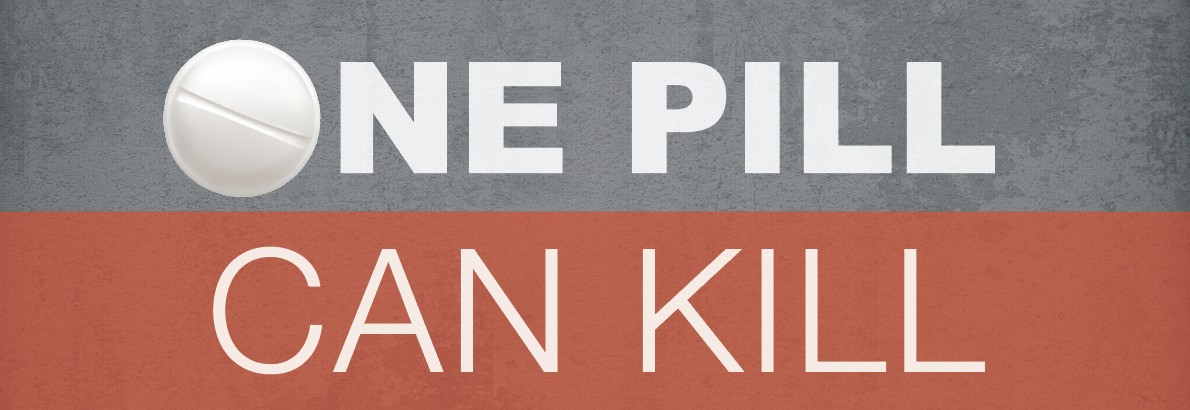
Xylazine….Worse than Fentanyl
Increasingly around the country, the animal tranquilizer xylazine — known by street names like “tranq,” “tranq dope” and “zombie drug” — is being used as an additive by drug dealers of illicit fentanyl laced opioids, making its impact even more devastating. Drug dealers are introducing xylazine into their illicit drugs as it is reported to prolong the high associated with opioid misuse/abuse.
Xylazine is a non-opioid sedative, analgesic, and muscle relaxant used in veterinary medicine. Human use of xylazine among people who take drugs has been well documented in Puerto Rico since the early 2000s, where it is known as ‘anestesia de caballo’ (horse anesthetic). In the United States, xylazine is not a scheduled medication, and although it is approved for use in large animal veterinary medicine, the FDA has not approved it for human use.
In humans, xylazine may cause hypotension, central nervous system depression, respiratory depression, and bradycardia. Xylazine causes wounds that erupt with a scaly dead tissue called eschar; untreated, they can lead to amputation. It induces a blackout stupor for hours, rendering users vulnerable to rape and robbery. When people come to, the high from the fentanyl has long since faded and they immediately crave more. Because xylazine is a sedative and not an opioid, it resists standard opioid overdose reversal treatments.
Xylazine, a non-opioid veterinary tranquilizer not approved for human use, has been linked to an increasing number of overdose deaths nationwide in the evolving drug addiction and overdose crisis. Studies show people exposed to xylazine often knowingly or unknowingly used it in combination with other drugs, particularly illicit fentanyl.
While the full national scope of overdose deaths involving xylazine is unknown, research shows overdose deaths linked to xylazine have spread westward across the United States, with the largest impact in the Northeast. From 2015 to 2020, the percentage of all drug overdose deaths involving xylazine increased from 2% to 26% in Pennsylvania. Xylazine was involved in 19% of all drug overdose deaths in Maryland in 2021 and 10% in Connecticut in 2020. Research has shown xylazine is often added to illicit opioids, including fentanyl, and people report using xylazine-containing fentanyl to lengthen its euphoric effects. Most overdose deaths linked to both xylazine and fentanyl also involved additional substances, including cocaine, heroin, benzodiazepines, alcohol, gabapentin, methadone, and prescription opioids.
Also known as “tranq,” xylazine is a central nervous system depressant that can cause drowsiness and amnesia and slow breathing, heart rate, and blood pressure to dangerously low levels. Taking opioids in combination with xylazine and other central nervous system depressants—like alcohol or benzodiazepines — increases the risk of life-threatening overdose.
In the event of a suspected xylazine overdose, it is recommend to give the opioid overdose reversal medication naloxone because xylazine is frequently combined with opioids. However, because xylazine is not an opioid, naloxone does not address the impact of xylazine on breathing. Because of this, experts are concerned that a growing prevalence of xylazine in the illicit opioid supply may render naloxone less effective for some overdoses. Emergency medical services should always be alerted to a suspected overdose. Learn more about stopping overdose from the CDC.
Repeated xylazine use is also associated with skin ulcers, abscesses, and related complications. People report using xylazine or xylazine-containing drugs by injecting, snorting, swallowing, or inhaling.
